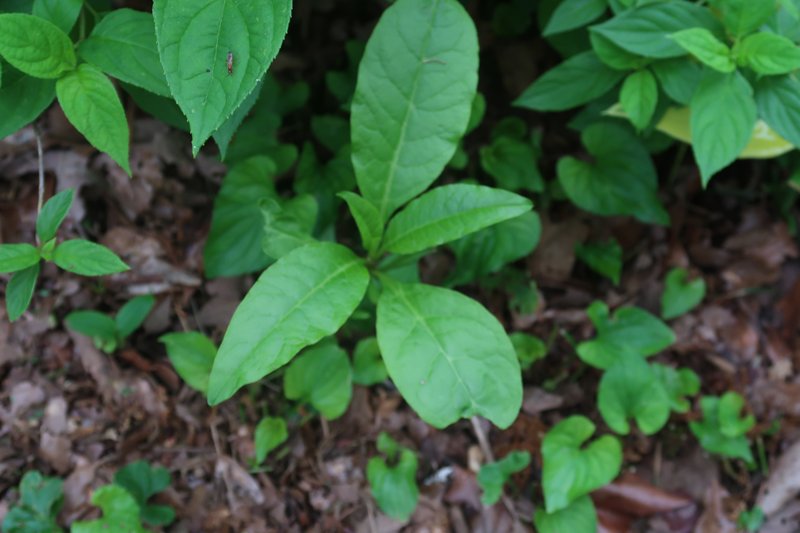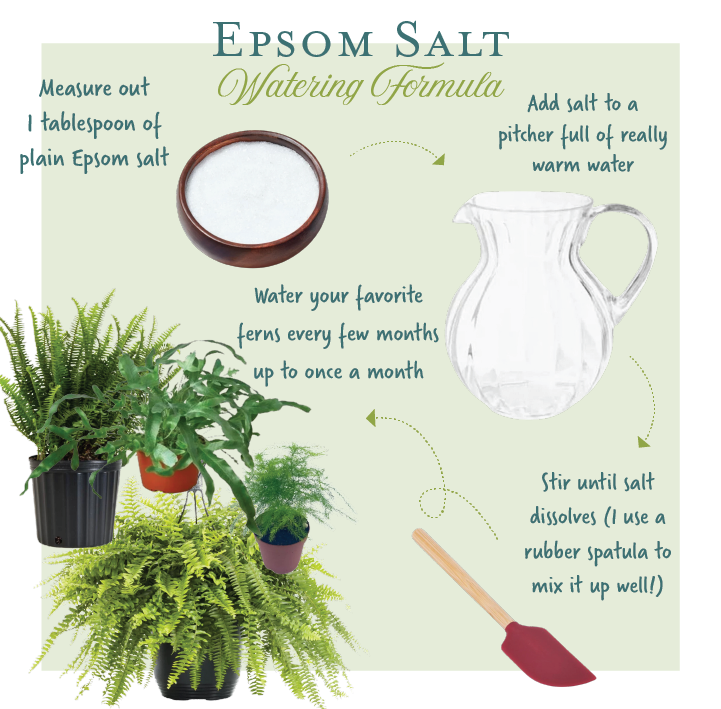Avoid These Plants: What Plants Don't Like Epsom Salt
Avoid These Plants: What Plants Don't Like Epsom Salt
Blog Article
Find Out About the Particular Plants That Are Negatively Impacted by Epsom Salt Application
Epsom salt, a prominent family solution for different horticulture woes, is typically applauded for its valuable effects on plant growth. Not all plants respond positively to its application. Understanding the certain plants that can be negatively impacted by Epsom salt is important for any garden enthusiast looking to optimize their plant care routine. Roses, tomatoes, rhododendrons, peppers, and azaleas are simply a couple of examples of plants that may not react well to Epsom salt. The reasons behind these damaging impacts and exactly how to mitigate them are essential knowledge for keeping a prospering garden.
Roses

Roses, especially sensitive to adjustments in their setting, can be negatively impacted by the application of Epsom salt. While Epsom salt is frequently made use of as a plant food to advertise plant development and improve blooming, roses are among the plants that do not react well to its application. The high magnesium material in Epsom salt can interfere with the uptake of other essential nutrients by the rose plants, resulting in deficiencies that manifest as yellowing leaves or stunted development.
:max_bytes(150000):strip_icc()/GettyImages-1317990269-f9c37b77324f4095b1916657ff7b26fb.jpg)
Tomatoes
While Epsom salt is usually promoted as a remedy for numerous plant issues, including bloom end rot in tomatoes, its application can lead to destructive outcomes if not utilized deliberately. Extreme Epsom salt, which is magnesium sulfate, can disrupt the delicate nutrient balance needed by tomatoes, possibly leading to shortages in various other important nutrients like calcium. When thinking about the use of Epsom salt on tomatoes, it is essential to adhere to advised application rates and soil testing to avoid unplanned consequences on the general health and productivity of these precious garden plants.
Peppers
Peppers, admired for their various colors and levels of spiciness, can show sensitivity to negative impacts from Epsom salt when not used with treatment and consideration for their details dietary needs. what plants don't like epsom salt. Peppers, belonging to the Solanaceae family members, need a delicate equilibrium of nutrients to thrive. While Epsom salt is understood to increase magnesium degrees in plants, too much application can disrupt this stability, resulting in unfavorable results on pepper plants
When peppers are revealed to high degrees of magnesium from Epsom salt, it can interfere with the plant's capacity to absorb other vital nutrients like calcium and potassium. This inequality may manifest in symptoms such as fallen leave discoloration, stunted development, and minimized fruit manufacturing. In addition, the extreme magnesium can modify the soil pH, further worsening nutrient uptake problems for peppers.

Rhododendrons
Given the sensitivity of certain plant varieties to imbalances triggered by Epsom salt, it is necessary to More about the author consider the effect on Rhododendrons, click here for info which likewise call for specific nutrient degrees to prosper. Rhododendrons are acid-loving plants that prefer acidic soil problems with a pH range in between 4.5 and 6.0. Epsom salt, chemically called magnesium sulfate, can alter the soil pH and interfere with the delicate equilibrium of nutrients important for Rhododendron wellness.

To keep the optimal growth and wellness of Rhododendrons, it is crucial to avoid the indiscriminate use Epsom salt and instead concentrate on providing the details acidic dirt problems and nutrients that these plants require for prospering.
Azaleas
These popular flowering plants are often located in yards, parks, and landscapes due to their elegance and convenience. While Epsom salt is generally utilized as a treatment for magnesium shortage in plants, its application to azaleas can have adverse impacts.
When Epsom salt is used to azaleas, it can change the dirt pH, making it a lot more acidic. Azaleas choose slightly acidic soil conditions, and an extra of magnesium from Epsom salt can interrupt this balance, leading to nutrient discrepancies and potential poisoning concerns. The inaccurate application of Epsom salt can result in stunted growth, yellowing of leaves, and overall decline in the health and wellness of azaleas. Therefore, it is essential to be mindful advice when taking into consideration the use of Epsom salt on azaleas to stop any kind of adverse consequences on these delicate decorative bushes.
Verdict
Finally, it is necessary to be mindful of the details plants that can be negatively affected by the application of Epsom salt. Roses, tomatoes, azaleas, peppers, and rhododendrons are some examples of plants that might not gain from Epsom salt and could also experience injury. It is essential to study and understand the demands of each plant types before using Epsom salt as a fertilizer to guarantee their health and well-being.
Recognizing the certain plants that can be detrimentally impacted by Epsom salt is essential for any garden enthusiast looking to enhance their plant treatment routine. While Epsom salt is generally used as a fertilizer to advertise plant growth and enhance blooming, roses are one of the plants that do not respond well to its application.Excessive usage of Epsom salt can likewise result in an accumulation of salts in the dirt, leading to root damages and dehydration of the rose plants. While Epsom salt is understood to improve magnesium levels in plants, extreme application can interrupt this stability, leading to unfavorable results on pepper plants.
The high salt material in Epsom salt can likewise dry out Rhododendron origins, triggering further stress and damages to the plant. (what plants don't like epsom salt)
Report this page